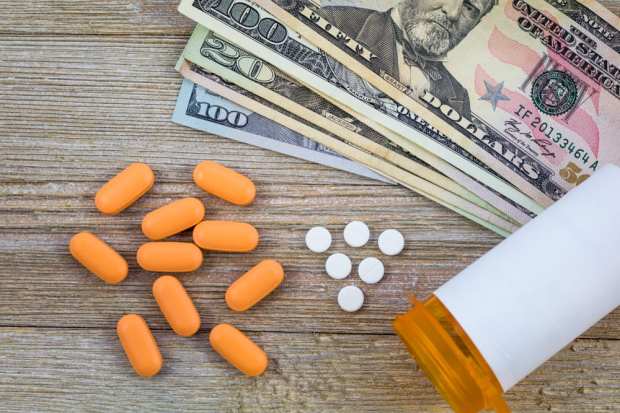Pharma Tackles The Puzzle Of Data And B2B Payments

If one wants to understand the complexities of the pharmaceutical supply chain, just follow the money. Contract negotiations between drug manufacturers, wholesalers, hospitals, pharmacies and their group purchasing organizations (GPOs) are ever-changing, meaning B2B payments are often incorrect, and chargebacks and disputes are common.
Let’s say a manufacturer sells a drug for $100 to a wholesaler at wholesale acquisition cost (WAC). At the same time, however, wholesalers are negotiating with GPOs that enable hospitals, clinics and pharmacies to leverage joint buying power and drive costs down. In this example, a GPO may negotiate the cost of that drug down to $80.
This means, when a wholesaler sells to a clinic, it must honor the $80 contractual agreement — then retroactively ask for $20 back from the manufacturer that had sold at WAC.
What all this leads to is inefficient, and sometimes incorrect, movement of money that can be traced to the fact that not everybody in the supply chain is on the same page or has the same information about ongoing contract negotiations. According to Susanne Somerville, CEO at supply chain technology firm Chronicled, millions of these B2B transactions might be happening every month, or even every day.
“Even with a small dispute, it’s a lot of money, and a lot of time and energy, because of the mismatch of data,” Somerville told PYMNTS in a recent interview. “And we think blockchain is an extraordinarily elegant solution to take contract updates and agreements between the GPO and manufacturer, and post them in real time.”
A Role For Blockchain?
Chronicled isn’t the only company with this mindset. Indeed, analysts and industry experts are musing on how to deploy blockchain in several areas of the pharmaceutical industry, including patient record-keeping and authentication, clinical trial data management, and insurance claims.
Not-for-profit life sciences alliance, The Pistoia Alliance, published research late last year that found most pharmaceutical industry companies are already at least experimenting with blockchain, with the medical supply chain identified as having the greatest opportunities for distributed ledger tech (DLT) disruption.
Separate analysis from the Institute of Electrical and Electronics Engineers Standards Association (IEEE-SA) pointed to the security gaps in the pharmaceutical supply chain that can lead to fake drugs, as well as infrastructure inadequacies that can create drug shortages or recalls, as other key areas where blockchain may have a positive impact.
The Pistoia Alliance’s report, however, also revealed significant reluctance in the industry to explore and implement the technology, which analysts attributed to a lack of understanding of how the innovation operates.
Access To Data — But Not All Of It
Regardless of what technology is used, the underlying issue behind efforts to improve these key areas of the pharmaceutical industry often centers around data.
As Somerville explained, access to up-to-date, real-time contract and pricing data is essential for correct and timely B2B payments in this space. This lack of visibility can lead to companies being double-charged or undercharged, she said, and the high level of disputes mean it’s not uncommon for companies in this sector to have entire departments dedicated to payment dispute resolution.
However, data security is essential to any organization. In the pharmaceutical supply chain, providing access to data surrounding contract negotiations, and where products have changed hands, can lead to — practices, with some players in the supply chain running the risk of being cut out of the process.
“Companies are not willing to share information short of what we call one-up, one-down,” Somerville said. “If I reveal to you everyone who held this [product] before you, you can cut me out of the supply chain.”
Another example she offered of the delicate balance between expanding and limiting access to data is in the use case of clinical trials. While the sharing of data from multiple organizations’ trials can be extremely powerful in accelerating new drug development and safety, that sharing of data also represents a major cybersecurity risk.
The challenge isn’t necessarily how to provide everyone with real-time data, it’s how to ensure that certain parties have access only to the data they’re supposed to see. Somerville said this issue must be looked at as if data were a puzzle, where certain parties only have the pieces they need.
In cases like clinical trial data analysis, or in the event of a recall when the U.S. Food and Drug Administration (FDA) needs to track products through the supply chain, organizations can present their “data puzzle piece” to the appropriate party, without accessing or compromising other parties’ information.
For Somerville, blockchain is a promising technology that can address this need for data sharing, security, access and authorization.
“Everyone answers from their own database, which tells their piece of the story — but together, it’s the cumulative story,” Somerville said. “Every company keeps their piece of the data, and they can choose to share or even sell their data. It’s the network effect by companies that choose to participate in blockchain networks together.”
